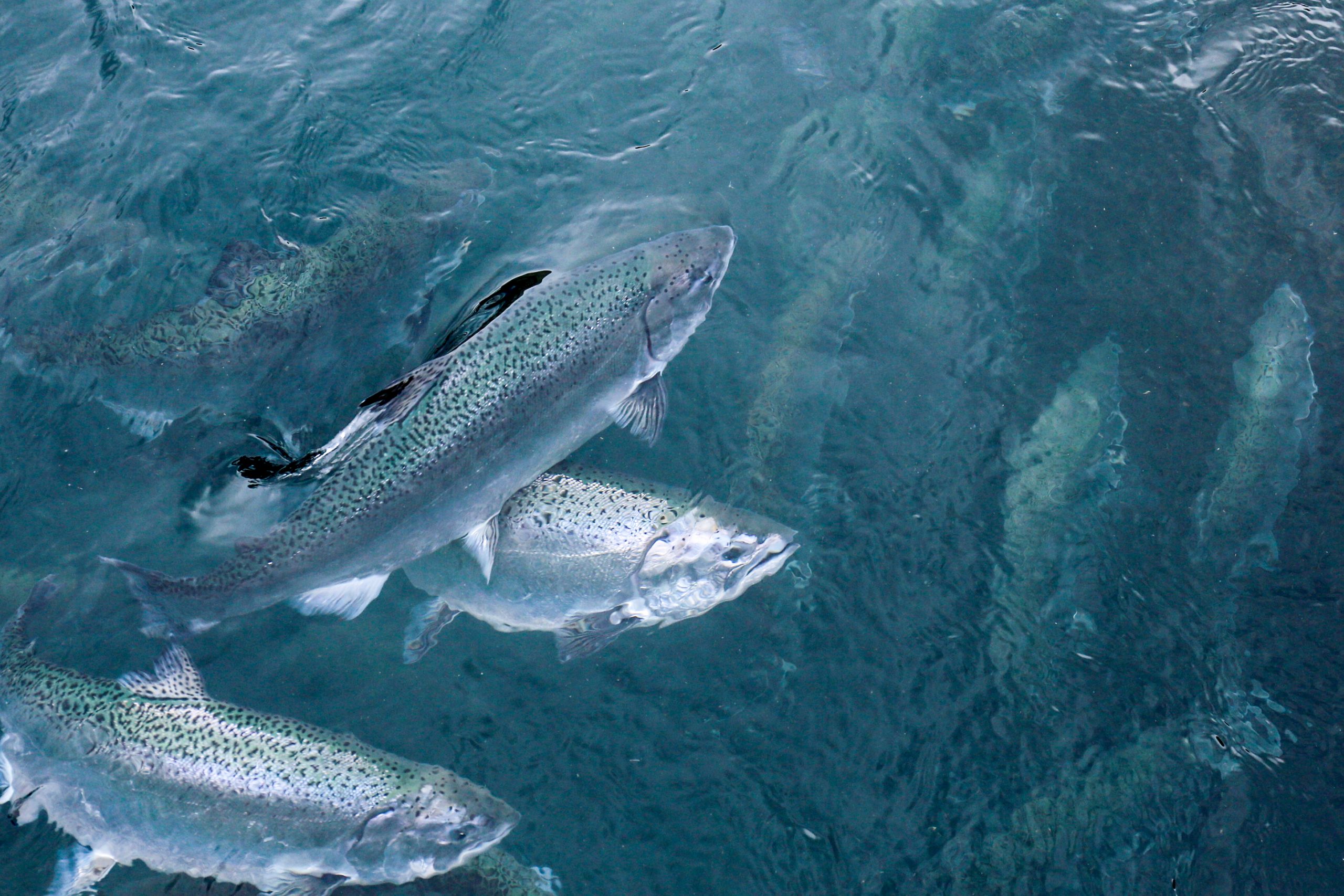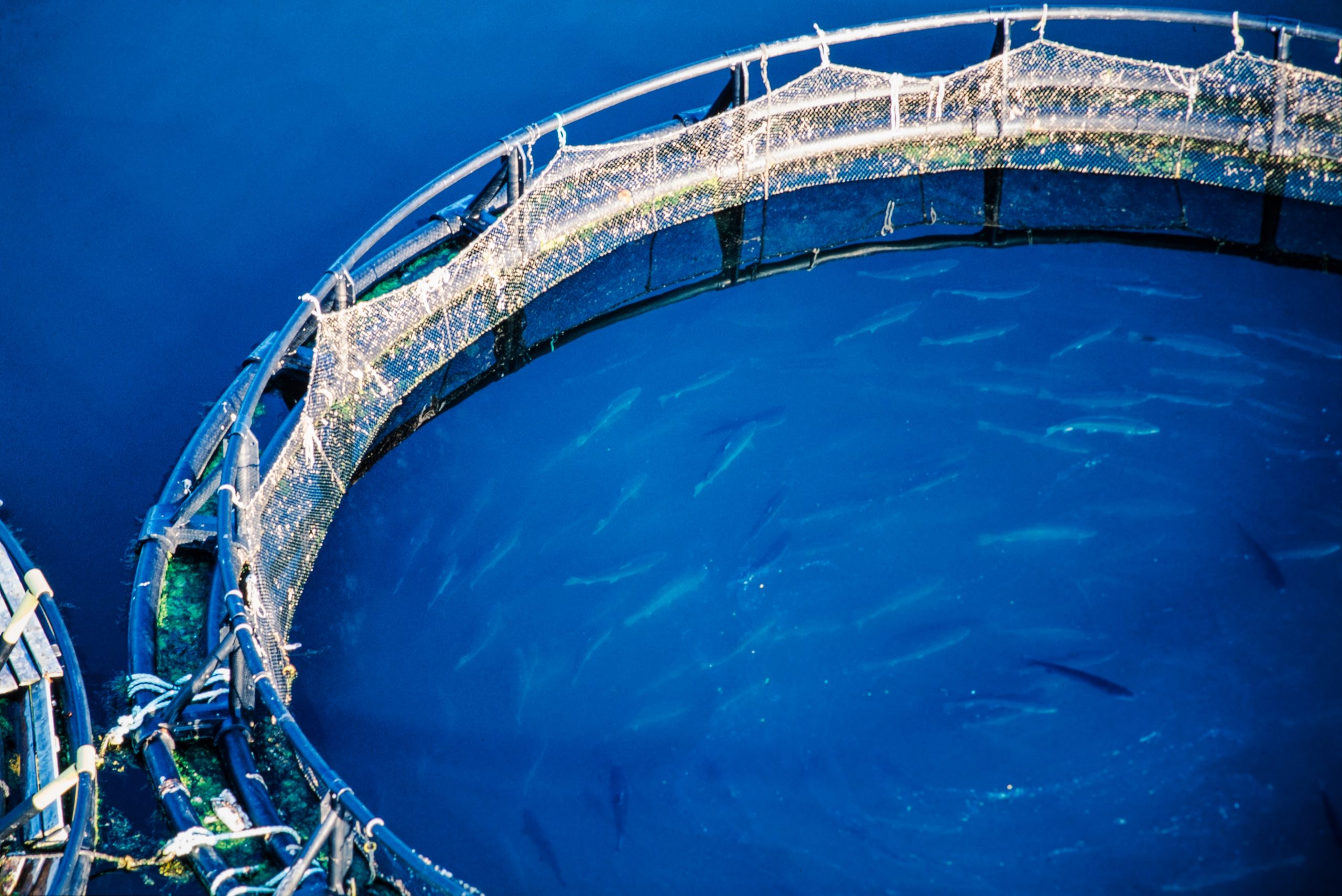Last Updated on 2023-04-12 , 1:25 pm
I’m sure for most of us salmon lovers, we’d be going, “Wait, there are two types of salmon? Farmed salmon and wild salmon? Salmon can be wild?”
Well, you might have seen the videos of how worms were taken out from fresh salmon and heard of the freaky man who got worms in his body in an X-Ray after consuming too much salmon.
While the latter might not be true, the former can be seen with your own eyes.
Salmon is always marketed to be rich in Omega-3 fatty acids that are healthy and beneficial to us.
But is this really the truth?
Before that, let’s look at the two main salmons that are available in the market.
Wild Salmon

Wild salmons, as the name suggests, are caught in the wild. They are caught in their natural environments such as oceans, rivers and lakes. Wild salmon feeds on other organisms found in its natural environment, and are high in minerals, including potassium, zinc and iron.

Farmed Salmon

Unlike wild salmon, farmed salmon are given a processed high-fat feed so as to produce larger fish. So what you might be paying for an expensive price may not be a “great, healthy fish”; it can just mean that your fish is loaded with more chemicals and other fats.
Also, studies have also shown that levels of arsenic have been found to be higher in farmed salmon.
Farmed Salmon vs Wild Salmon

And now, the battle of Farmed Salmon vs Wild Salmon…if you have a choice, that is.
Most of us would be consuming the farmed salmon (pretty obvious, isn’t it?), since they’re farmed for sale to consumers.
It is reported that half of the salmon sold worldwide comes from these so-called fish farms, which are also known as farmed salmon. The annual global production of farmed salmon has increased from 27,000 to a whopping 1 million metric tons in the past two decades.
Farmed salmon is sold in Singapore anywhere, from restaurants to supermarkets. This type of salmon is only banned in Australia and New Zealand, so the rest of the world is probably also consuming farmed salmon.
But of course, if you’re having a salmon in a restaurant, you won’t know what type of salmon you’re consuming, because all you care is whether it’s fresh or not-so-fresh salmon #truestory
And why is this dangerous?
According to a study, farmed salmon are higher in contaminants and even flame-retardants. In a video titled Norway warns health risks eating farmed salmon, biologist Alexandra Morton explained about the health risks of eating farmed salmon.
It can cause health problems and pose a serious threat to the health of an unborn child since your body dumps up to 90% of accumulated toxins into your first-born child.
More toxins are later expelled through breast milk, and studies by the Environmental Working Group have found cancer-causing polychlorinated biphenyls (PCBs) exist in farm-raised salmon at 16 times the rate of wild salmon.
WOW. Just wow.
Nutritional differences between the two types of salmon

As seen in the table, nutritional differences are quite prominent in the two. Farmed salmon is higher in fat (Omega-3s and Omega-6 fatty acids) as well as three times the amount of saturated fat.
Farmed salmon has three times the total fat of wild salmon, and a large part of these fats are mainly Omega-6 fatty acids. Scientists speculate that high dosages of Omega-6 fatty acids can increase risks of chronic diseases such as heart disease and others.
While it may not be entirely true, the safer bet will still be to choose your salmon.
But of course, eventually, it always boils down to this: have everything in moderation. Keep that in mind and you’ll be safe.
Would you be jailed for being half-naked in public? Well, the answer will shock you. Seriously. Watch this to the end and you'll understand:




